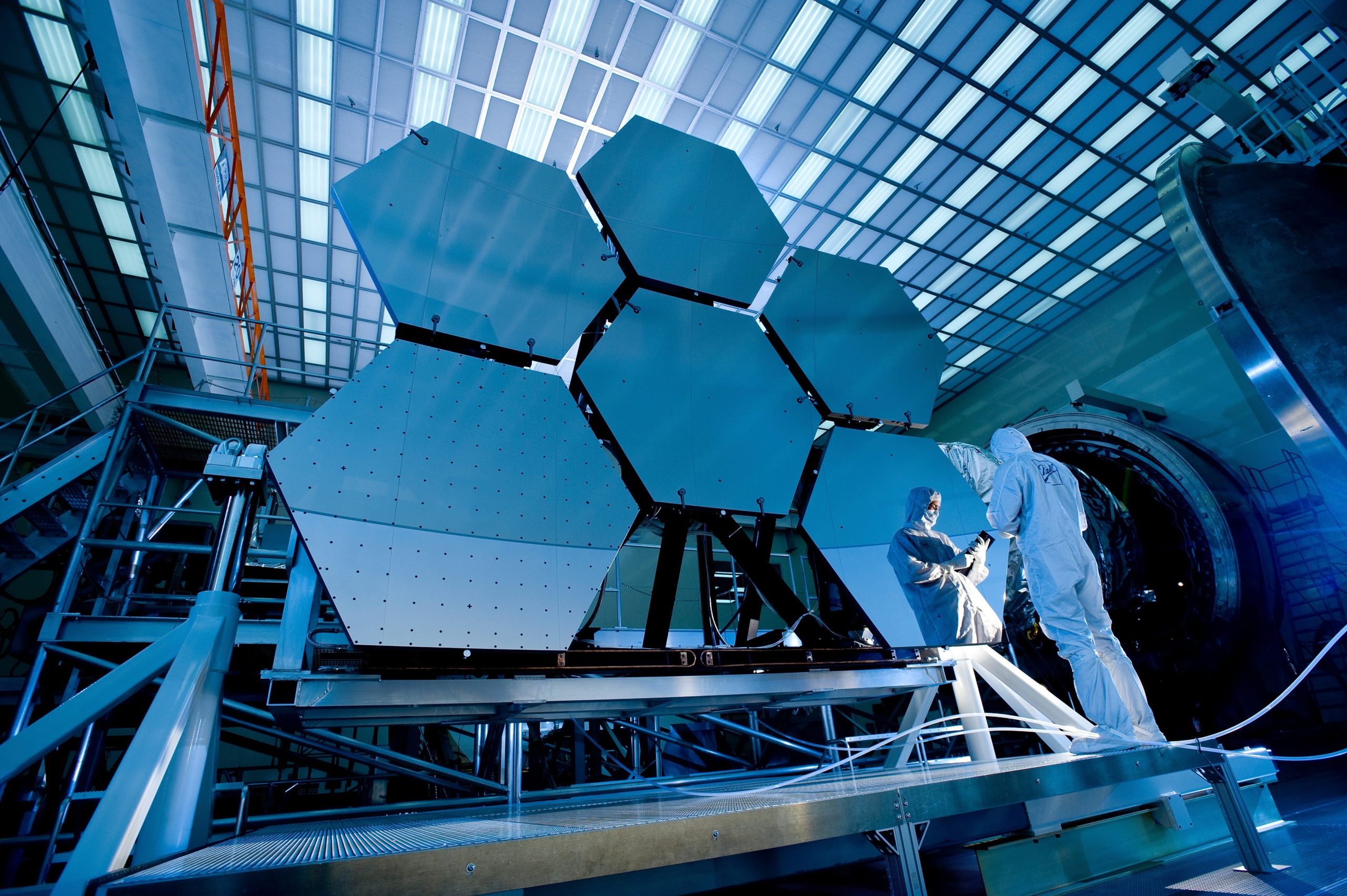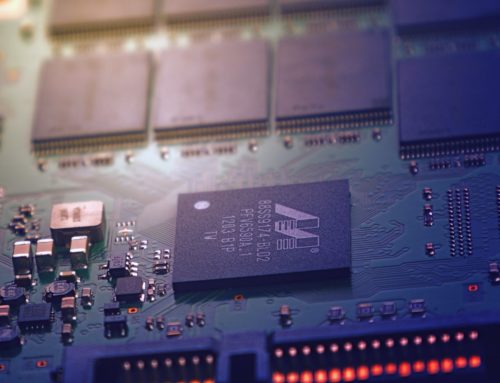Once upon a time, the notion of babysitting involved watching over playful children, reading them bedtime stories, and ensuring their safety. But in this era of technological marvels and boundless innovations, a different kind of babysitting opportunity has emerged—one that involves tending to the needs of mechanical beings. Picture walking into a room filled with robots, each with its own unique personality and quirks, waiting to be cared for. Welcome to the realm of robotic babysitting, where human caregivers embark on a journey into a world infused with cutting-edge technology, compassion, and a touch of science fiction. In this article, we unravel the captivating domain of robot guardianship, exploring the responsibilities, challenges, and unexpected joys that come with being the caretaker of these endearing automatons. So, fasten your seatbelts and prepare yourself for an adventure like no other—where flesh meets steel, and nurturing extends to the realm of silicon and circuits.
Table of Contents
- 1. The Rise of the Machine Nanny: Exploring the World of Robot Babysitters
- 2. Embracing the Future: Job Opportunities in Babysitting Robots
- 3. When Humans Become Robotic Babysitters: A Futuristic Career Path
- 4. Unveiling the Robotic Babysitters: Technology and Childcare Meet
- 5. The Booming Industry of Robotic Childcare: A New Era of Babysitting
- 6. The Robot Revolution: Understanding the Role of Humans in Childcare
- 7. From Sci-Fi to Reality: Embracing the Robot Babysitter Phenomenon
- 8. Human Versus Machine: The Pros and Cons of Robotic Babysitting
- Q&A
1. The Rise of the Machine Nanny: Exploring the World of Robot Babysitters
Robots are no longer limited to the realms of science fiction. In today’s rapidly evolving technological landscape, they are becoming increasingly integrated into our everyday lives. One area where this integration is particularly evident is in childcare. The emergence of robot babysitters presents a fascinating exploration into the boundaries of human-robot interactions and raises important questions about the role of technology in parenting.
Robot babysitters, equipped with advanced artificial intelligence and cutting-edge sensors, are revolutionizing the way parents take care of their children. These machines have the capacity to monitor a child’s safety, engage in educational activities, and provide companionship when necessary. With their ability to detect changes in a baby’s facial expressions and tones of voice, robot nannies can respond to a child’s needs in real-time, offering comfort and support. Moreover, parents can now remotely interact with their children through these robots, giving them the ability to virtually be present and provide care, even when physically apart. However, the rise of robot babysitters also raises concerns about the impact on human connection, emotional development, and trust-building between parent and child. As we delve deeper into this world of robot babysitters, we must carefully consider the ethical implications and strike a balance between the advantages and potential drawbacks brought about by these technological advancements.
2. Embracing the Future: Job Opportunities in Babysitting Robots
As technology continues to advance at an unprecedented pace, innovative solutions are being developed to tackle the challenges of our everyday lives. One such solution is the rise of babysitting robots, which are poised to revolutionize the childcare industry. These cutting-edge machines are equipped with advanced AI capabilities and highly-developed sensor systems, enabling them to provide a safe and interactive environment for children while their parents are away.
The emergence of babysitting robots opens up a world of exciting job opportunities for individuals looking to break into the field of robotics and childcare. With the increasing demand for highly skilled technicians and engineers, there is a growing need for professionals capable of designing, developing, and maintaining these sophisticated machines. Additionally, specialized roles such as robot trainers, where individuals would be responsible for teaching robots how to interact with children and respond to different scenarios, are also on the rise. The convergence of artificial intelligence and childcare presents a unique chance for those seeking a career that combines technological innovation with nurturing care.
3. When Humans Become Robotic Babysitters: A Futuristic Career Path
As society continues to advance in technology, we find ourselves at the cusp of a fascinating future where humans may become robotic babysitters. It might sound like something out of a science fiction movie, but with the rapid progress in robotics and artificial intelligence (AI), this is not as far-fetched as it may seem. Picture a world where families can rely on intelligent robots to care for their children, offering a solution to the challenges of work-life balance and childcare.
So, what does this futuristic career path entail? Let’s explore:
- Advanced AI Skillset: Robotic babysitters would possess highly advanced AI capabilities, allowing them to adapt to each child’s unique needs. They would be equipped with sophisticated algorithms that enable them to understand and respond to emotions, dietary restrictions, medical requirements, and more.
- Childcare Expertise: These robotic babysitters would undergo extensive training in child development, psychology, and safety protocols to ensure they provide the highest quality care. They would be well-versed in educational activities, nurturing social interactions, and health management.
- Multitasking Abilities: Just like human babysitters, robotic counterparts would excel in multitasking. They could simultaneously entertain, educate, and supervise children, while also performing household tasks like cleaning and cooking.
- Constant Monitoring: With built-in sensors and cameras, robotic babysitters would be able to ensure constant monitoring, guaranteeing a safe environment for children. Parents would have access to live feeds and alerts through their smartphones, providing peace of mind.
As we enter this new era of potential robotic babysitters, ethics and legal frameworks have become essential considerations. Questions about privacy, emotional connections, and the impact on children’s social development arise. While the idea of robotic babysitters presents exciting possibilities, it also prompts thoughtful debates about finding the right balance between human interaction and technological convenience.
4. Unveiling the Robotic Babysitters: Technology and Childcare Meet
Picture this: you come home from a long day at work, and instead of rushing to pick up your kids from daycare or scrambling to find a babysitter, you’re greeted by a state-of-the-art robotic babysitter waiting patiently by the door. The future of childcare is here, and it’s taking the form of sophisticated AI-driven robots specifically designed to assist busy parents in caring for their children.
These robotic babysitters are more than just cutting-edge tech; they are a potential game-changer for modern families everywhere. Equipped with advanced algorithms, sensors, and machine learning capabilities, these machines are designed to provide personalized attention, educational support, and a safe environment for your little ones. Whether it’s engaging in interactive play, monitoring their vitals, or even helping with homework, these robots can take on a myriad of childcare tasks, allowing parents to strike a balance between professional demands and quality time with their children.
- Imagine having a robotic companion for your child, capable of adapting to their unique needs, preferences, and learning abilities.
- With round-the-clock monitoring, parents can ensure their child’s safety even when they’re not physically present.
- Children can engage in interactive games and activities, fostering creativity, education, and social skills.
However, as we delve deeper into this technological marvel, questions of ethics, privacy, and human connection inevitably arise. Are these robotic babysitters a practical solution for busy parents or a mere novelty? Only time will tell if these machines can truly replace the genuine love, care, and nurturing that only a human caregiver can provide. Nevertheless, the dawn of the robotic babysitters marks an exciting chapter in the intersection between technology and childcare, leaving us intrigued and curious about the possibilities that lie ahead.
5. The Booming Industry of Robotic Childcare: A New Era of Babysitting
The landscape of childcare is experiencing a groundbreaking transformation with the emergence of robotic babysitters. This futuristic sector is revolutionizing the way parents approach childcare, offering innovative solutions to everyday challenges. Cutting-edge technologies, such as artificial intelligence and machine learning, are paving the way for a new era of babysitting.
Robotic child caregivers provide numerous advantages to families seeking reliable and interactive care for their children. Some notable benefits include:
- Educational Engagement: Robotic childcare devices are designed to facilitate educational activities, fostering cognitive development through interactive games and lessons.
- Constant Supervision: These advanced systems allow parents to monitor their children remotely through real-time video feeds and sensors, providing peace of mind.
- Safety and Security: Equipped with smart sensors, robotic babysitters can detect potential hazards, preventing accidents and ensuring a secure environment for children.
- Enhanced Interaction: With their ability to recognize facial expressions and emotions, these robots can engage children in social interaction, promoting emotional intelligence.
6. The Robot Revolution: Understanding the Role of Humans in Childcare
In an era of rapid technological advancements, the concept of robots taking over various aspects of human life has become increasingly popular. One area where this revolution is gaining momentum is in childcare. As society continues to grapple with the complexities and demands of modern life, robots are being introduced to assist parents and caregivers in the upbringing of children. While this may initially seem daunting, it is crucial to understand the role that humans will play in this robotic revolution.
Humans will continue to hold a significant role in childcare despite the rise of robots. The presence of these automated companions can provide numerous benefits, such as increased safety and efficiency. Robots equipped with advanced sensors can monitor a child’s well-being and ensure their surroundings remain secure. They can also assist with household chores and educational tasks, freeing up time for parents to focus on building emotional connections with their children. By offloading some responsibilities to robots, parents can strike a balance between work and family life, reducing stress and fostering a healthier environment for their children.
While robots can perform many practical tasks, their emotional capabilities will always be limited. Humans possess the unique ability to empathize, understand complex emotions, and provide genuine love and care. It is this emotional connection that is irreplaceable in the upbringing of a child. Children rely on human interaction for their social, emotional, and cognitive development, and no amount of technological advancement can replace this fundamental need. As we embrace the robot revolution in childcare, it is essential to maintain the necessary human involvement to ensure children grow up in an environment that fosters emotional well-being and nurtures their inherent potential.
7. From Sci-Fi to Reality: Embracing the Robot Babysitter Phenomenon
Robots have long been a prominent theme in science fiction, capturing our imagination with their ability to perform various tasks. From visionary authors to blockbuster movies, the concept of robots assisting with childcare has always intrigued us. However, what was once seen as solely a product of a fictional world is gradually becoming a reality. The emergence of robot babysitters is a phenomenon that is gaining momentum and sparking conversations around the globe.
One of the key advantages of robot babysitters is their unwavering attention and endless patience. Unlike human caregivers who may get tired or distracted, these robotic guardians never lose focus on ensuring the safety and well-being of children under their care. Equipped with advanced sensors and artificial intelligence, they can effortlessly monitor a child’s activities and even respond to their emotional needs. With their ability to simulate human-like interactions, robot babysitters create an environment that promotes early childhood development through engaging play and cognitive exercises. Moreover, they can serve as language tutors, teaching children new words and languages through interactive lessons.
8. Human Versus Machine: The Pros and Cons of Robotic Babysitting
Robotic babysitting has become an increasingly popular option for parents, but it comes with its fair share of pros and cons. Let’s take a closer look at the advantages and disadvantages of using machines to care for our little ones.
Pros:
- Enhanced Safety: One of the major benefits of robotic babysitting is the increased safety it provides. These machines are programmed to be alert and cautious at all times, minimizing the risk of accidents and injuries.
- 24/7 Availability: With robotic babysitters, parents no longer need to worry about finding a reliable caregiver for odd hours or emergencies. These machines are available round the clock, offering convenience and flexibility for busy parents.
- Consistency: Unlike human babysitters who may have varying levels of expertise and attention, robots provide consistent care. They follow a set routine and are not affected by unpredictable human factors, ensuring stability and predictability in childcare.
Cons:
- Lack of Emotional Connection: One of the main drawbacks of robotic babysitting is the absence of emotional connection. Machines cannot provide the same level of warmth, love, and emotional support that a human caregiver can offer, potentially impacting the child’s emotional development.
- Limited Adaptability: Robots have their limitations when it comes to adapting to the individual needs of a child. They may struggle to understand and respond appropriately in certain situations, such as comforting a crying baby, which requires a higher level of emotional intelligence.
- Technological Hurdles: Relying on machines also means relying on technology. System malfunctions, connectivity issues, and software glitches are all potential challenges that parents may face, causing disruptions in childcare and requiring troubleshooting.
When considering robotic babysitting, it is crucial for parents to weigh these pros and cons to make an informed decision that aligns with their family’s unique needs and values.
As we bid adieu to the fascinating world of robotic babysitting, it is evident that the future holds boundless opportunities for those who dare to explore the uncharted terrain of artificial interaction. With each passing day, our society inches closer to a reality where the pitter-patter of mechanical feet and the innocent laughter of robotic youngsters will become an integral part of our daily lives.
In this thrilling era of technological advancements, the notion of babysitting takes on an entirely new meaning. Gone are the days of traditional child-minders, replaced by individuals who possess an uncanny knack for nurturing not just flesh and blood, but also circuits and algorithms. The once whimsical concept of babysitting robots has transformed into a viable career path that lures adventurers willing to embrace the unpredictable.
The possibilities that await those who choose to embark on this unusual journey are as vast as the great expanse of the universe. With robots designed to mimic human emotions and learn from personal experiences, the role of a robotic babysitter transcends the conventional realms of childcare. It demands a profound understanding of artificial intelligence, empathy, and an unyielding belief in the potential of technology to reshape our lives.
Undoubtedly, babysitting robots comes with its own set of peculiarities. The eccentric tendencies of these mechanical protégés require a keen eye for troubleshooting, adaptability, and a touch of whimsy. After all, human caregivers do not typically encounter the need to address temperamental reboots or negotiate with stubborn little AI personalities. Patience and resilience are virtues that shall be tested, but the universe of robotic babysitting promises rewards that outweigh the challenges.
As we gaze into the horizon of this captivating field, it becomes clear that the delight of the unknown outweighs the trepidation. The opportunity to shape the future generation, both human and robotic, lies within the grasp of those audacious enough to embrace this novel vocation. Will you seize the chance to be at the forefront of an extraordinary revolution, where humans and machines coexist as guardians of the next technological era?
Whether you choose to heed the call of robot babysitting or observe from the sidelines, the ongoing evolution of technology beckons us all to the limitless possibilities that lay before us. So, keep an open mind, dear readers, and remember that in a world teeming with robotic toddlers, it never hurts to know the ins and outs of babysitting algorithms.




Leave A Comment